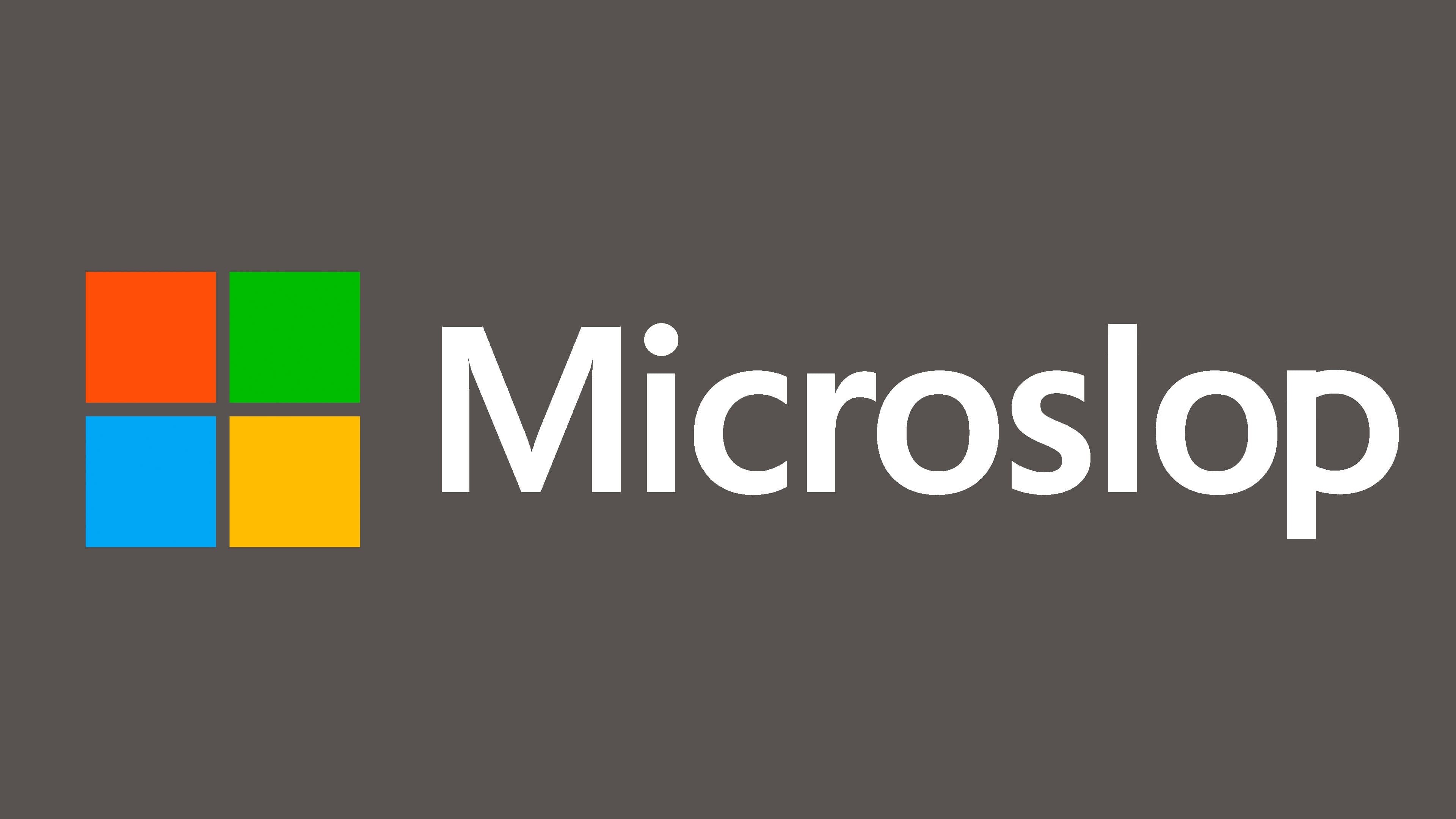Windows 'phone' isn't dead Part III: No consumer left behind
Throughout this year and the majority of 2017, Microsoft's smartphone strategy will remain in a retrenched or gestating state.
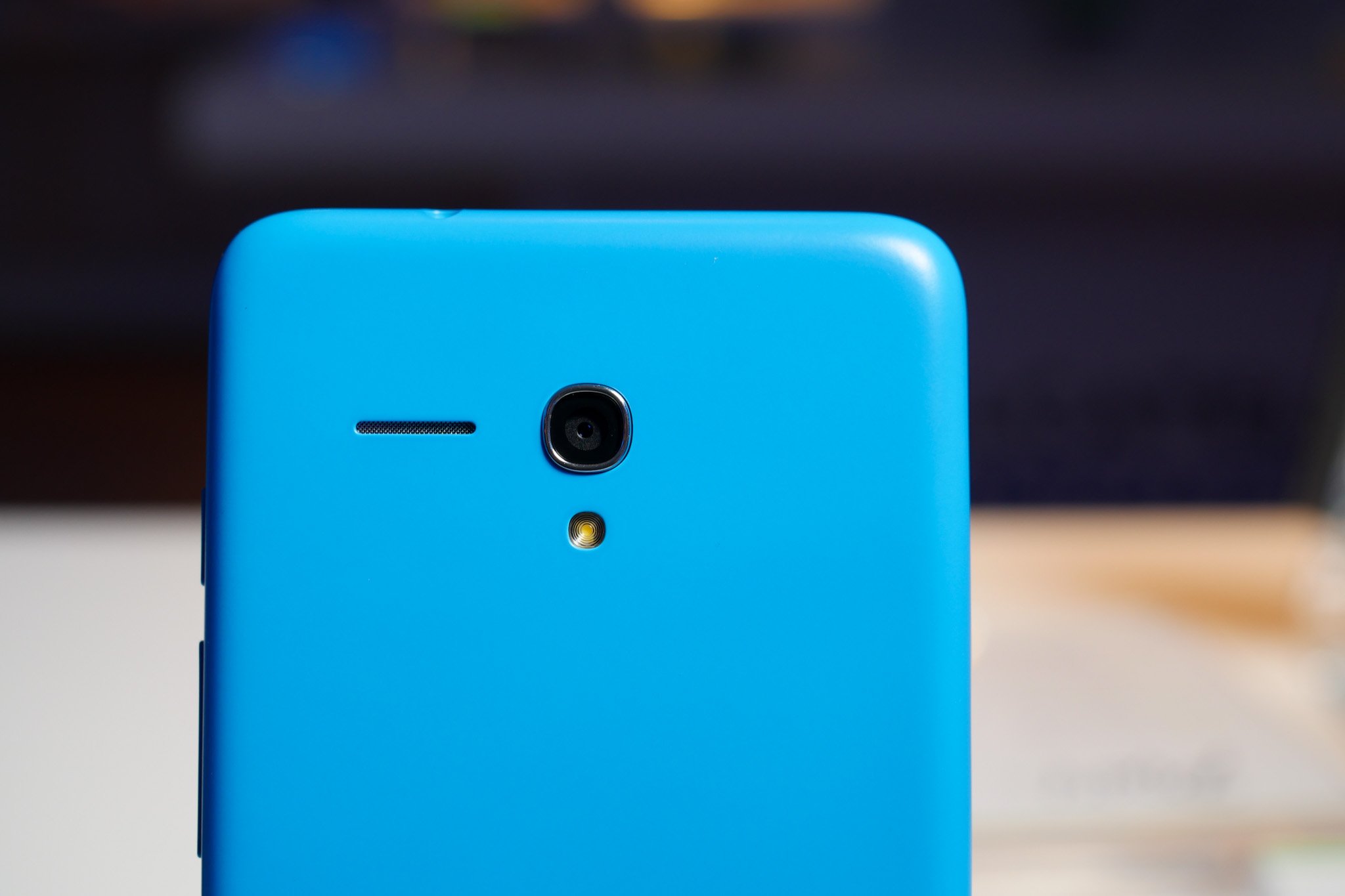
Gestation is a period of time where the child within the womb is being nurtured while existing within but separated from the world around it. Gestation, however, is not a permanent state and is always meant to culminate with birth. Or in the case of Windows Mobile: rebirth.
When Microsoft retrenched its smartphone efforts by removing Lumia from the consumer smartphone space, it did so as a temporary move to provide the platform's ecosystem with crucial support for approximately two years.
During this time of "gestation", Microsoft is focusing on maturing the Windows 10 Mobile OS, developing relationships with OEM partners, and investing in tools to bring more apps to Windows.
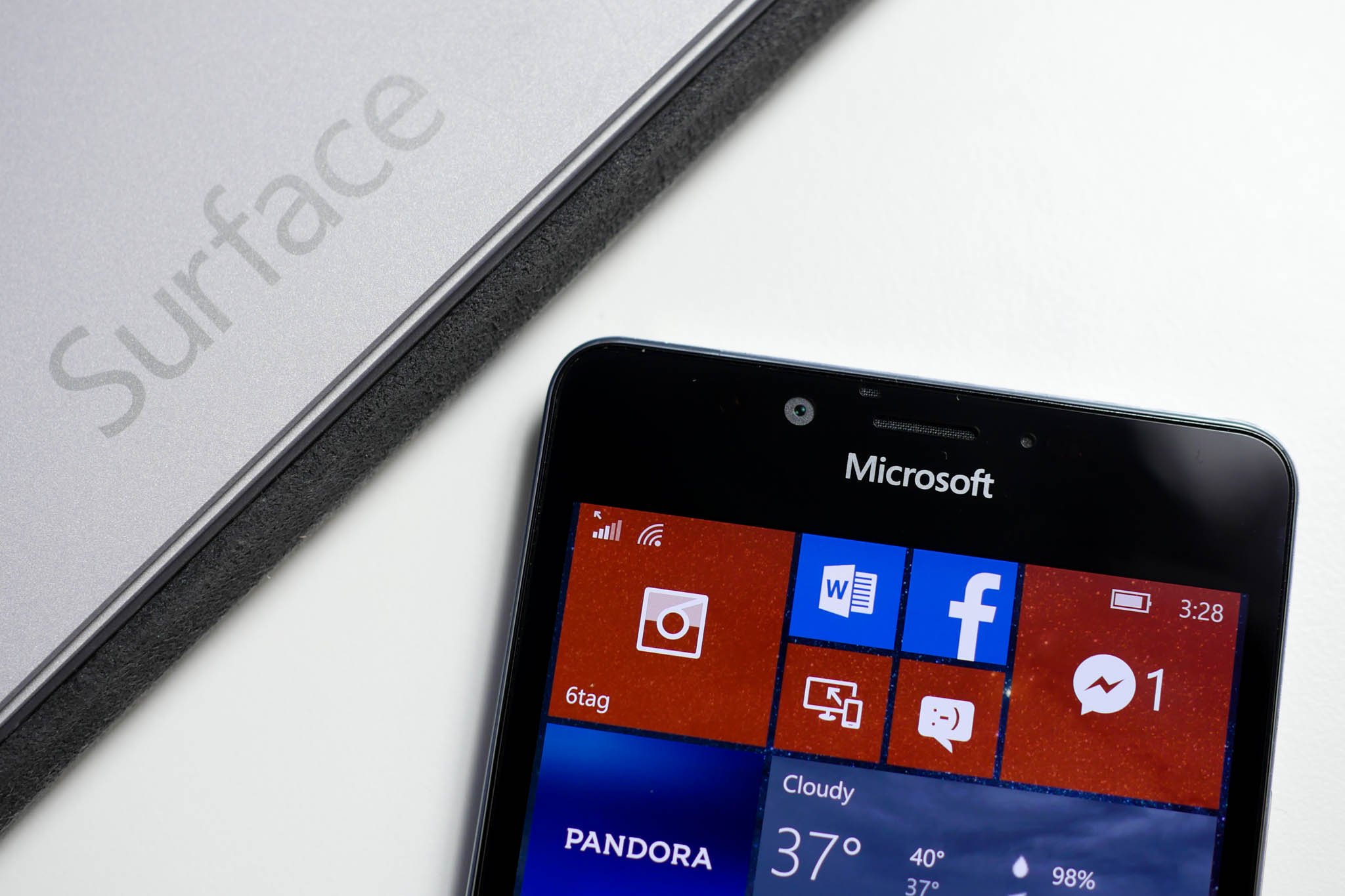
The goal of this strategy is Redmond's ultimate rebirth within the consumer smartphone space with a category-defining device positioned "beyond the curve" in mobile.
Don't get it twisted; it's not 'business' as usual
Make no mistake, Microsoft's current status in mobile isn't static. Fans, enterprise and value consumers are still being directly served by Microsoft's mobile efforts. Nadella expressed the goals of this stage of his vision this way:
We'll bring business customers the best management, security and productivity experiences they need; value phone buyers the communications services they want; and Windows fans the flagship devices they'll love.
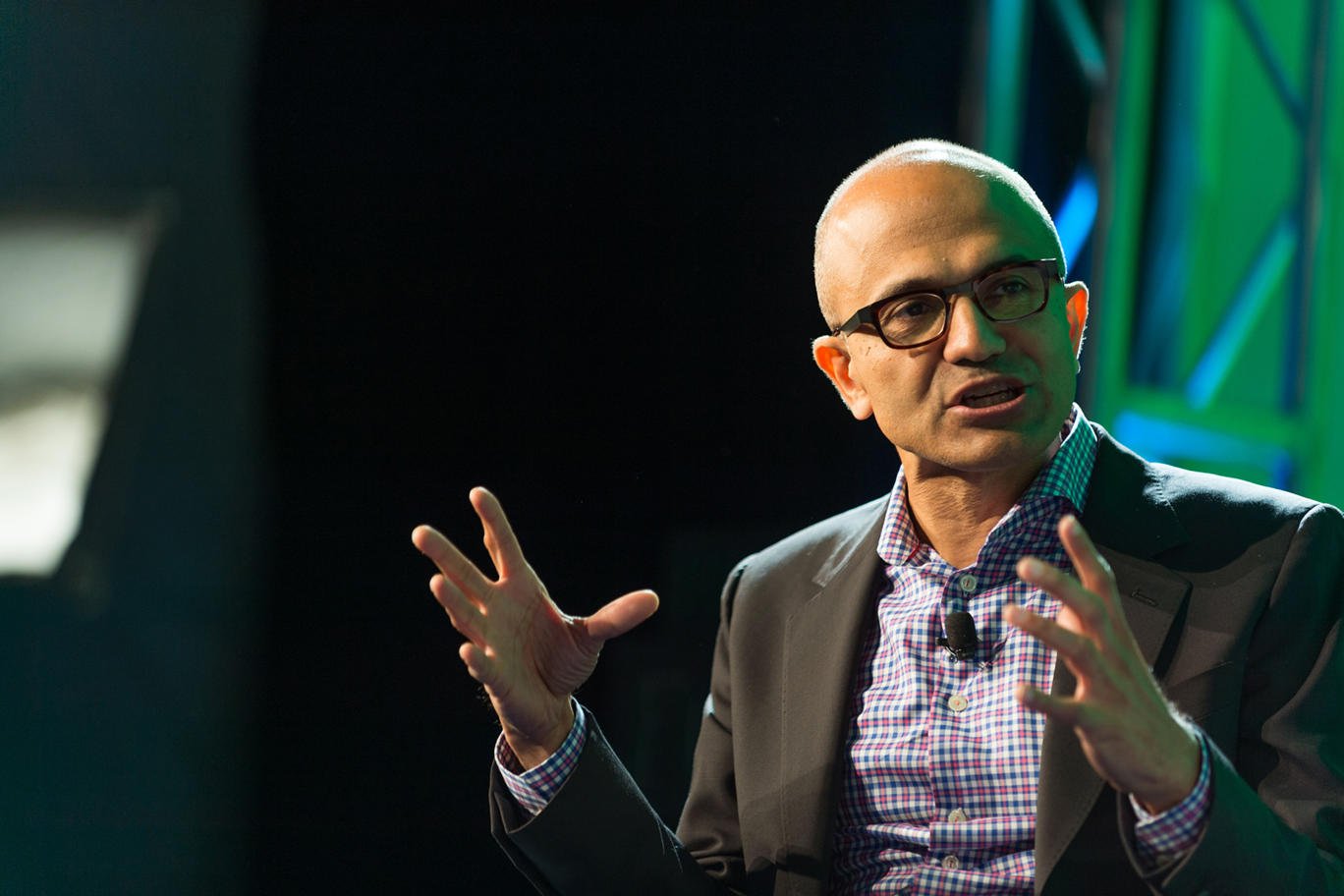
Clearly, at present, Microsoft is not directly serving the broader smartphone consumer space its competitors are fighting in. Redmond's OEM partners such as Alcatel with the Fierce XL, however, are free to offer consumer-focused devices using Microsoft's mobile platform.
Thus, Redmond's mobile efforts are currently being sustained by partnerships and a deliberate focus with first-party hardware.
All the latest news, reviews, and guides for Windows and Xbox diehards.
The Lumias 950 and 950 XL, though tepidly received, were released for the fans. The Lumia 550 is positioned for the value consumers. Finally, the Lumia 650 is geared toward the enterprise.
It's important that we view Microsoft's current mobile efforts within the context of the goals of this stage of their vision. We must "keep the vision in view". That said, Microsoft's efforts in the enterprise, though a segment that is traditionally their forte and where they seem to be garnering positive reception, are not indicative of an abandonment of the consumer space. Their enterprise efforts are simply a manifestation of the company's expressed goals to serve that market (as well as fans and value consumers) while in this retrenched-"gestating"- state for the two-year period which began in the summer of 2015.
I concede that due to Microsoft's enterprise legacy their retrenched efforts in that space will likely produce greater success than their value and fan-focused efforts. This achievement, however, should not be mistaken as a reversal of their long-term strategy nor an abandonment of the consumer space.
It is implicit in the very nature of a retrenchment from the consumer space with a defined timeline that after that time has expired there will be a return to the consumer space from which Microsoft withdrew.
We'll be back
During a September 8, 2015, interview Microsoft's Chief Marketing Officer, Chris Caposella, and interviewer Walter Prichard inferred that Microsoft would return to the consumer space with a hybrid "phone." Prichard's understanding of Microsoft's approach to the market with devices that straddle the line between form factors (i.e. the Surface and Surface Book) led him to ask very specific, carefully phrased questions about the company's phone footprint in the market 3-5 years from that September 2015 date.

This vision acknowledges an intended departure from the currently dominant six-inch smartphone form factor.
Furthermore, Pritchard's inquiries likely reflected his knowledge of Microsoft's CEO Satya Nadella's statements to Mary Jo Foley two months earlier regarding Microsoft's vision for mobile. This vision acknowledges an intended departure from the currently dominant six-inch smartphone form factor.
… one big mistake we made… was to think of the PC as the hub for everything for all time... And today… the high volume device is the six-inch phone… But to think that that's what the future is for all time…would be to make the same mistake we made in the past…that would be madness.…we have to be on the hunt for what's the next bend in the curve. That's what…anyone has to do to be relevant in the future…We're doing that with our innovation in Windows. We're doing that with features like Continuum. Even the phone, I just don't want to build another phone, a copycat phone operating system, even
Clearly Nadella's vision for Microsoft's position in mobile moves the company in harmony with what he sees as a shift in mobile computing. Prichard deliberately acknowledged but ultimately excluded Nadella's category-defining hybrid devices from the conversation when he asked Capossela specifically about Microsoft's future with "standard 4-7 inch phones":
Walter Pritchard: …And I'm wondering if you were to fast-forward three to five years from now, we have you guys on stage, what is your -- what is Microsoft's footprint look like in the phone market? Again, let's call them the standard phone, not a hybrid, not just -- just a plain old phone.Chris Capossela: Four to seven inch.Walter Pritchard: Yeah, four to seven inch touch screen phone, what is the Microsoft role in that market three to five years from now?Chris Capossela: For us in the next couple of years we're really going to focus on building phones that obviously showcase Windows 10, but we're going to try to build phones for two audiences…Four years from now, it's too hard to predict. I think we have too much to do in front of us right now to get back in the game with the two audiences that we think we can serve incredibly well. And then we'll see how things evolve.
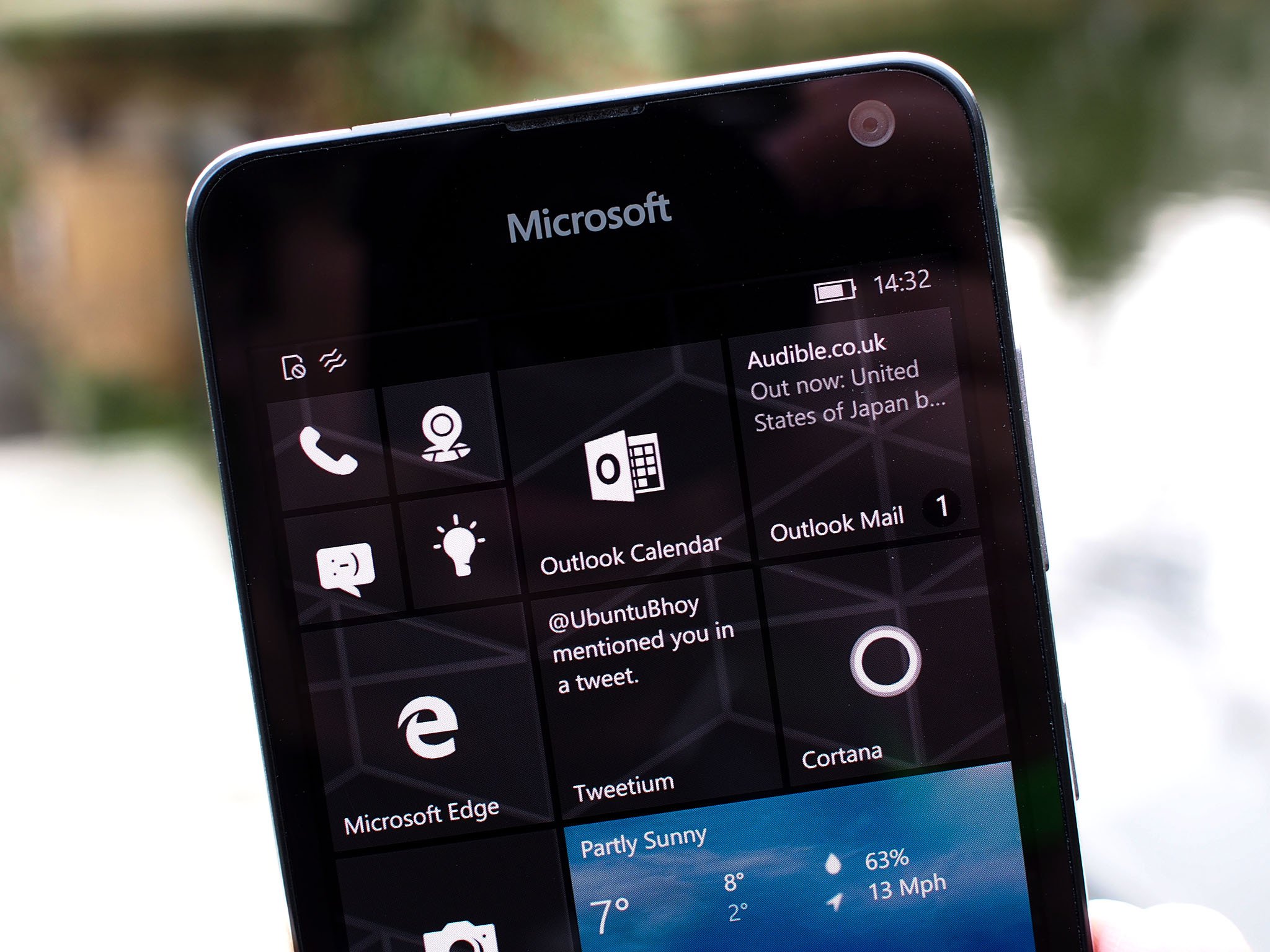
Caposella's response clearly acknowledges a two-year retrenchment time frame. Moreover, I believe Capossela was intentionally elusive regarding the specifics of Microsoft's "phone" footprint in four years. Nadella has been clear, after all, that he is committed to ensuring that Microsoft births a new category of device that is "beyond the curve" of the current 6" phone form factor. In four years, this "non-standard" device is likely the mobile footprint Microsoft envisions itself having in the market.
This "non-standard" device is likely the mobile footprint Microsoft envisions itself having in the market.
I believe both Pritchard's and Capossela's intentional exclusion of hybrid devices from the discussion was an acknowledgement of this vision set forth by Microsoft's CEO.
Consider this: The rumored Surface Phone is expected to launch Q4 of this year and will belong to the Surface family of hybrid devices. Additionally, if it launches, it will be during Microsoft's retrenchment and may be targeted at both fans and business users. Furthermore, I believe Microsoft's later Q4 2017 presumed reentry into the consumer space will be with a second generation "Surface Phone" positioned for the general consumer. Microsoft's probable reentry into the consumer space with a consumer-focused "Surface Phone" in Q4 2017, could potentially be their mass market move to redefine the category in line with Nadella's vision.
Considering consumers
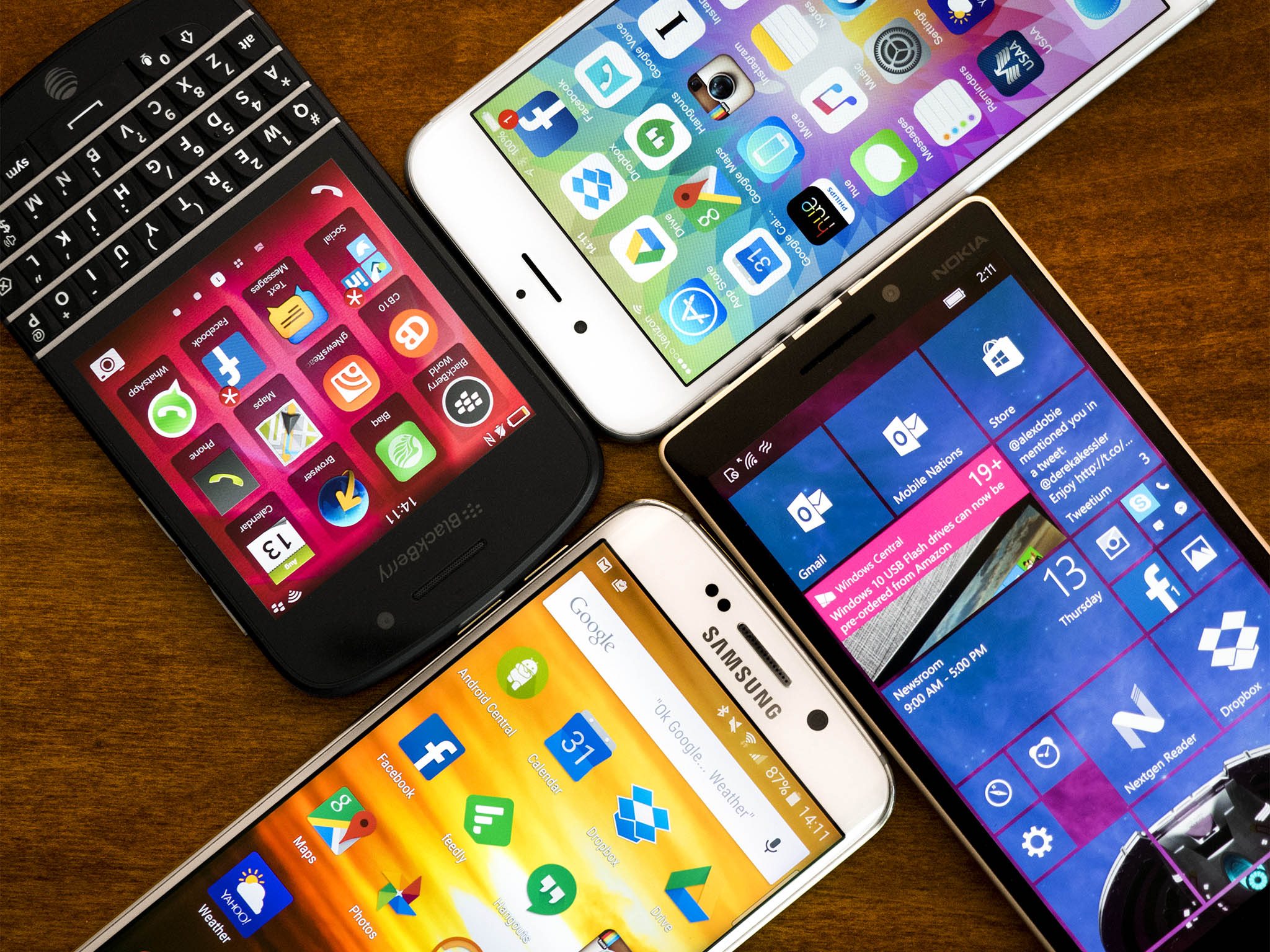
Microsoft knows that it needs a strong position in the consumer smartphone space. The smartphone is the most pervasive "personal" computer, it is loved by users and is supported by app ecosystems of millions of apps on diverse platforms. It is currently the hub around which our digital experiences revolve and into which millions of developers, particularly in support of iOS and Android, have invested. Comparatively, fewer developers have committed to Windows Mobile, which has a much smaller base of users who love the platform.
As Microsoft pushes its cloud-first, mobile-first vision which defines the user, not the phone, as the hub for digital experiences, the company realizes that the phone arm of its Universal Windows Platform still requires a powerful position. Redmond is attempting to ensure this occurs even as the company works to transition the concept of a "phone" from a 4-to-7-inch smartphone to a hybrid device. One Microsoft spokesperson gave me the following response when asked about Microsoft's efforts to grab consumer mindshare for Windows phone:
Phone is a key part of bringing Windows 10 to more people and Microsoft will continue to focus on delivering the most productive Windows-based smartphones on the planet.
That said Microsoft will revisit the consumer space and not only because of the firm's self-imposed retrenchment time frame. They will do so because the company's goal is to sell plenty of Windows phones (via OEMs and, to a lesser extent, directly) and because they want users to move from needing Windows to loving Windows on every device type.
Capossela supported this goal in his response to a question about how Microsoft would measure success of Windows 10 devices by 2018/2019:
Fundamentally we have to be more focused on how many people are using our stuff every day and how happy they are using our stuff. And if we get a lot of very happy people then the revenue, the profit, the share, we think that will follow. We think lots of good things will happen. So a core power metric for us is Windows 10 devices. That's not a PC statement. That will be phones, that will be tablets, that will be laptops, that will be desktops, that will be big Surface Hubs. That will be Xboxes.
Loving Windows
Selling a lot of Window 10 phones (as well as other Windows 10 devices) to people who ultimately love the devices is an important metric for Microsoft. I contend it is the consumer space that is best positioned to generate these results. Naturally, Microsoft's current focus on the enterprise, fans and value segments is both prudent and strategically sound. But while retrenched, these targets neither address nor position a first-party consumer-facing aspirational device that would encourage partners to address the consumer space.
The enterprise focus, of course, will yield mass rollouts of Windows phones in many venues. Still, with the consumer space being the dominant market for smartphone usage, it is also the most influential component affecting platform adoption and market share.
The consumer space…is the most influential component affecting platform adoption and market share.
This reality is combined with the fact that the consumer space has reached a point of saturation dominated by the iPhone and Android. It is from this context which the "Bring Your Own Device" (BYOD) phenomenon has been propelled and consequently presents a threat to Microsoft's goal of winning some users through enterprise deployments. BYOD has resulted in many firms accepting users' personal iPhones and Android devices on their networks.
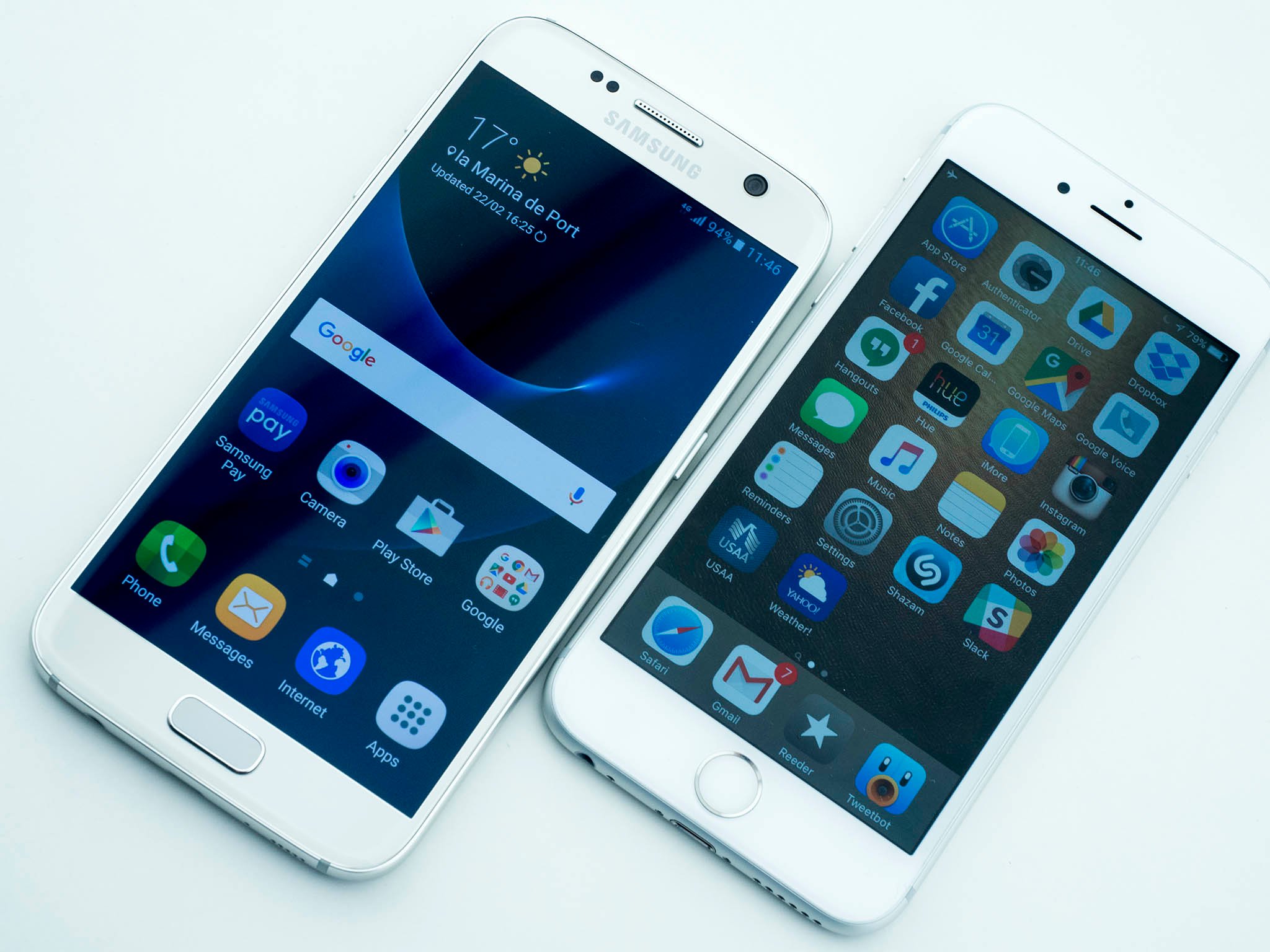
Where Windows phones are deployed it is conceivably a real challenge to persuade a user to love a device on an unpopular platform, particularly when that company-issued phone they're forced into using has a clear app deficit. Even more so when a device they already love is in their other pocket. This is candid truth from a die-hard Windows Phone fan. Consequently, Microsoft knows the way to the hearts of the masses, and to the minds of developers, is through the consumer space.
The way to the hearts of the masses, and to the minds of developers, is through the consumer space.
Satya Nadella wants users to move from needing Windows to loving Windows.
The Universal Windows Platform, of course makes Windows a broad platform that encompasses a range of devices. With over 200M installs to date, Microsoft is reporting that this is the most successful Windows deployment yet and sources tell me that users are loving Windows. Redmond's goal, of course, is that user's love for Windows on desktop will translate into a love for the Windows experience on phone. As the only company with a unified platform this strategy is a good foundation for getting people to love Windows on phones.
If there were no inherent systemic barriers such as trepidation from cellular carriers, limited Windows phone distribution, and a user's love for the iPhone or Android devices and app and third-party ecosystems consumers are invested in and use daily, reliance on that foundation alone might suffice. Getting users to fall in love with Windows on phone, however, with these obstacles in place will be a challenge — a challenge that sources assure me Microsoft is committed to combating.
It all begins with "Start"
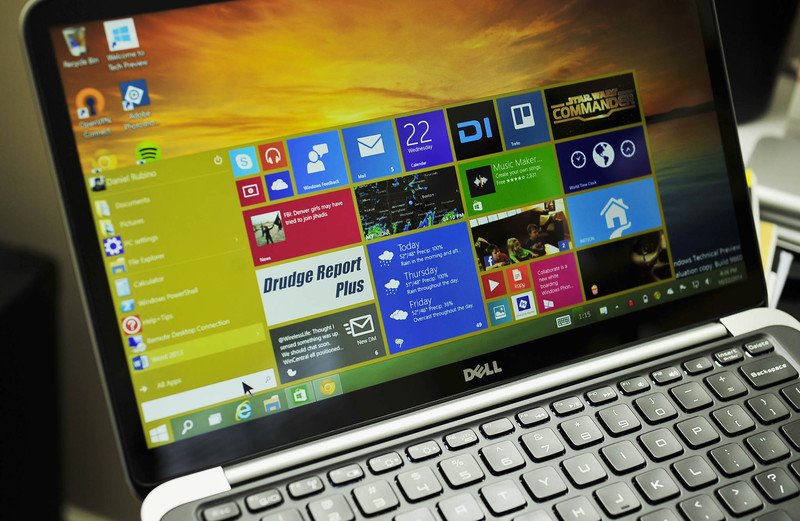
Nadella, like the rest of us, realizes that the path to the broader consumer market is via a rich developer supported app catalog. Developers, of course, want a large install base to target. I don't think it coincidental, then, that Microsoft's two-year retrenchment from the general consumer market runs parallel to Microsoft's goal of attaining 1 billion Windows 10 installs in the same two-year period.
Microsoft's two-year retrenchment…runs parallel to Microsoft's goal of attaining 1 billion Windows 10 installs.
Microsoft likely envisions developers embracing the UWP as hundreds of millions of Windows 10 installs are added to the ecosystem between now and Q4 2017 – when a potential second generation "Surface Phone," geared toward consumers, would debut. The incentive for developers, of course, is the visibility the Windows 10 Start menu on PCs, laptops and the growing category of mobile devices like two-in-ones, provides developer's apps. Satya Nadella expressed this strategy this way:
The reason why anybody would want to write universal apps is…because a billion consumers are going to have a Start Menu, which is going to have your app.Why then make all these changes to the Start Menu with Windows 10?...because that's the best way to improve the liquidity of our store…In Windows 10, the store is right there and done in a tasteful way.…the free upgrade for Windows 10 is meant to improve our phone position..If somebody wants to know whether I'm committed to Windows Phone, they should think about what I just did with the free upgrade to Windows…all of this comes down to how are you going to get developers to come to Windows. If you come to Windows, you are going to be on the phone, too.
Nadella's two-year retrenchment from the consumer space diminishes the general negative impact of the app gap while the firm builds an install base of hundreds of millions of Windows 10 users. Developers, during this period will be courted with the tools to bring their apps to Windows and the promise of the app visibility the new Start menu provides. This is all in preparation for Microsoft's return to the consumer space with a richer app ecosystem and a category-defining aspirational device in Q4 2017.
Wrap up
Though many enthusiasts and bloggers have grown weary of waiting for Microsoft to launch a high-end consumer-focused Windows 10 Mobile flagship, consider the following.
Just as we've accepted Microsoft's PC partners representing Microsoft in the consumer PC space long before the Surface debuted, we should grow increasingly comfortable with Redmond's OEM partners, like Alcatel, HP, and others, filling the smartphone space in a similar manner. When I asked Microsoft about their collaboration with partners in regards to targeting enterprise and consumers I was told:
We'll continue building our own phones, and work with OEMS to build out the overall Windows Phone portfolio with more price points and geos.
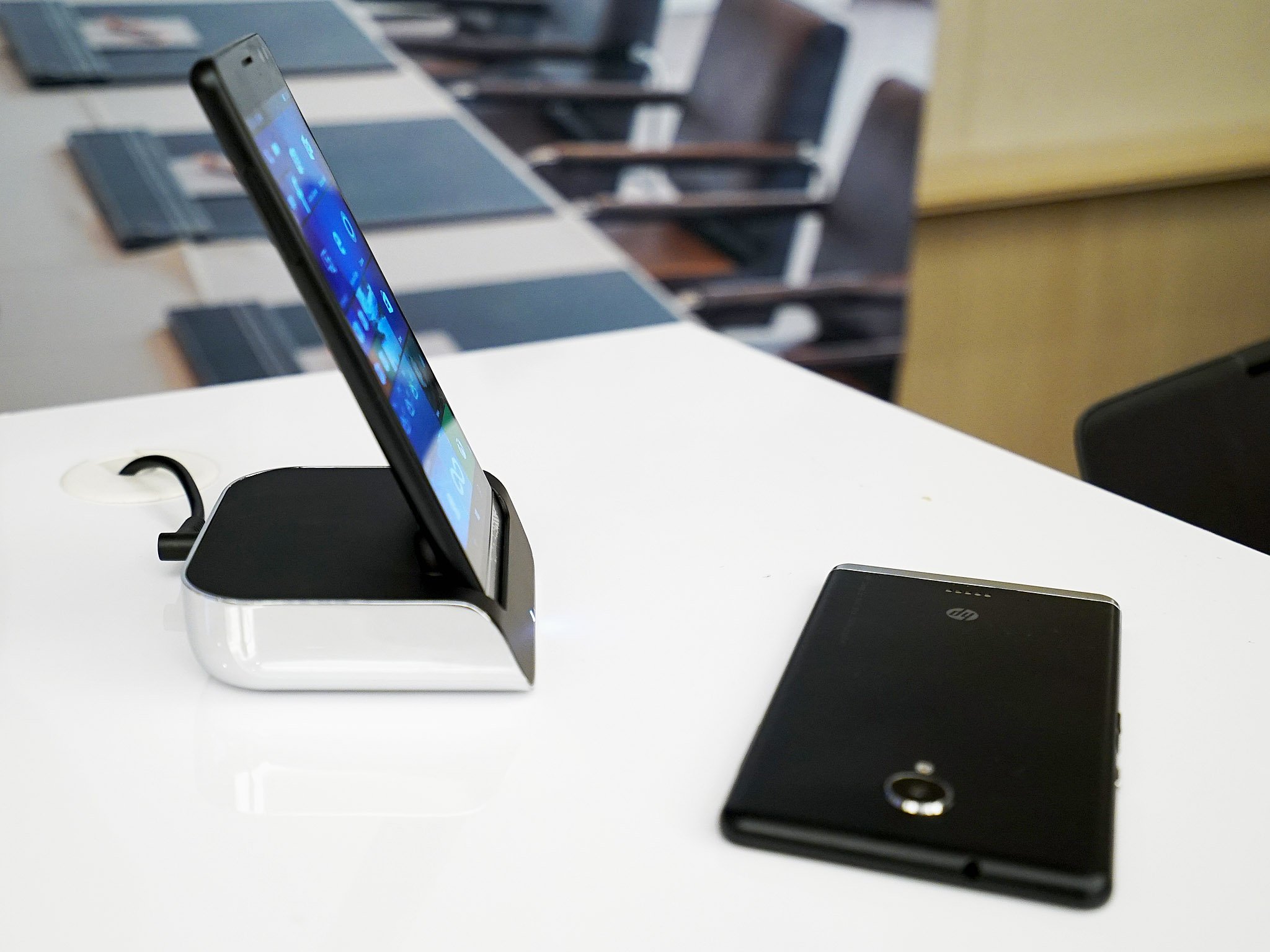
The announcements from MWC and my own contacts have both confirmed that Microsoft is working hard with manufacturers who will increasingly represent Microsoft's mobile platform, even among consumers. So through partnerships and eventually first-party hardware Microsoft will be represented in the consumer space. Windows phone isn't dead folks — with Windows 10 Mobile, we're just getting (re)started!
Stay tuned for Part IV!

Jason L Ward is a Former Columnist at Windows Central. He provided a unique big picture analysis of the complex world of Microsoft. Jason takes the small clues and gives you an insightful big picture perspective through storytelling that you won't find *anywhere* else. Seriously, this dude thinks outside the box. Follow him on Twitter at @JLTechWord. He's doing the "write" thing!
